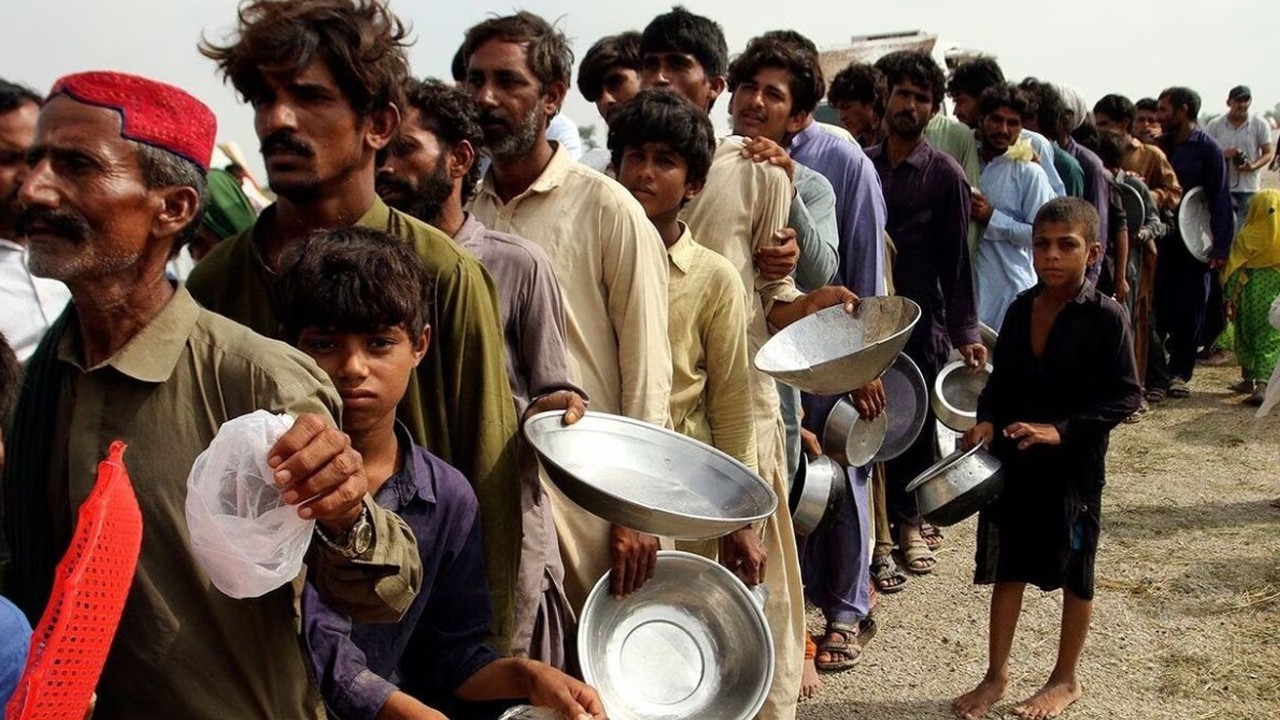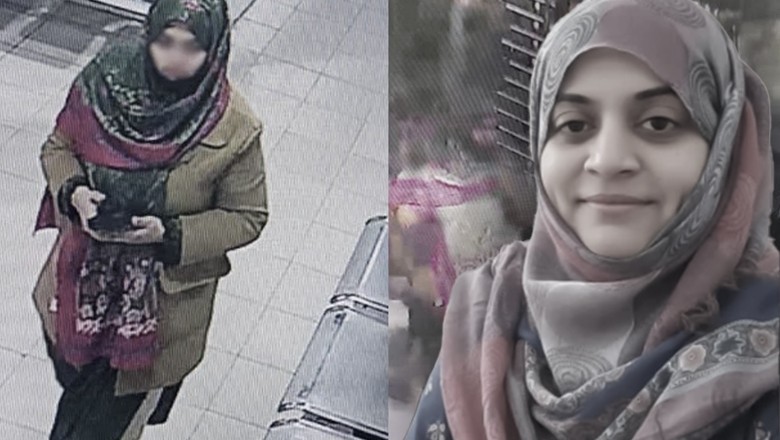World Bank report reveals 44.7% Pakistanis are living below poverty line

Web Desk
|
5 Jun 2025
The World Bank has revised its international poverty lines in a routine global update, reflecting changes in price levels and incorporating newly available data.
These adjustments aim to maintain accuracy and comparability of poverty estimates across countries.
For Pakistan — classified as a lower middle-income country — the updated poverty line is now set at $4.20 per person per day, placing 44.7% of the population below this threshold.
The extreme poverty line, adjusted to $3.00 per person per day, now affects 16.5% of Pakistanis — a notable increase from the previous estimate of 4.9% based on the older $2.15 benchmark. Meanwhile, the upper-middle-income poverty line stands at $8.30 per person per day, under which a striking 88.4% of the population falls.
These updates are based on 2021 purchasing power parity (PPP) data from the International Comparison Program (ICP), ensuring that global poverty measurements remain standardized and up to date.
The methodology remains consistent with previous revisions, continuing the tradition that began with the "dollar-a-day" benchmark introduced in 1990.
“The revisions help position Pakistan’s poverty levels in a global context and underscore the importance of continued efforts to reduce vulnerability and improve resilience,” said Najy Benhassine, World Bank Country Director for Pakistan.
“The new figures reflect updated international thresholds and improved data from other countries, not a deterioration in living standards.”
It is important to note that for domestic policy formulation and social protection targeting, Pakistan’s national poverty line remains unchanged. The Household Income and Expenditure Survey (HIES) 2018/19, which underpins both national and international poverty estimates, also remains the same.
While global poverty lines are essential for international comparisons and progress tracking, national benchmarks continue to serve as the primary reference for country-specific decision-making and poverty alleviation programs.












Comments
0 comment